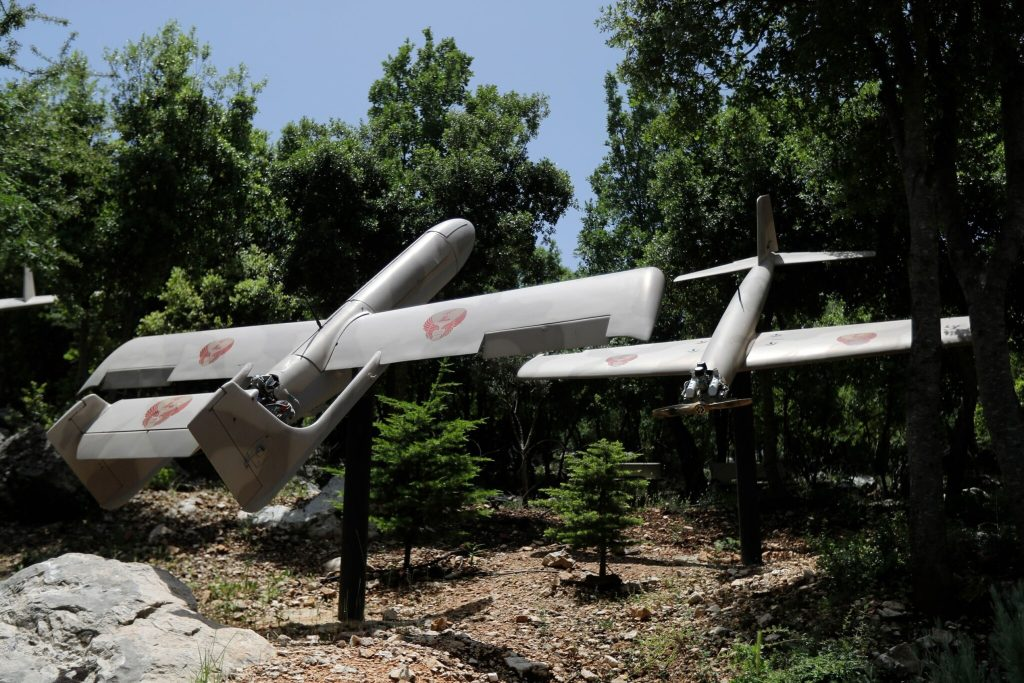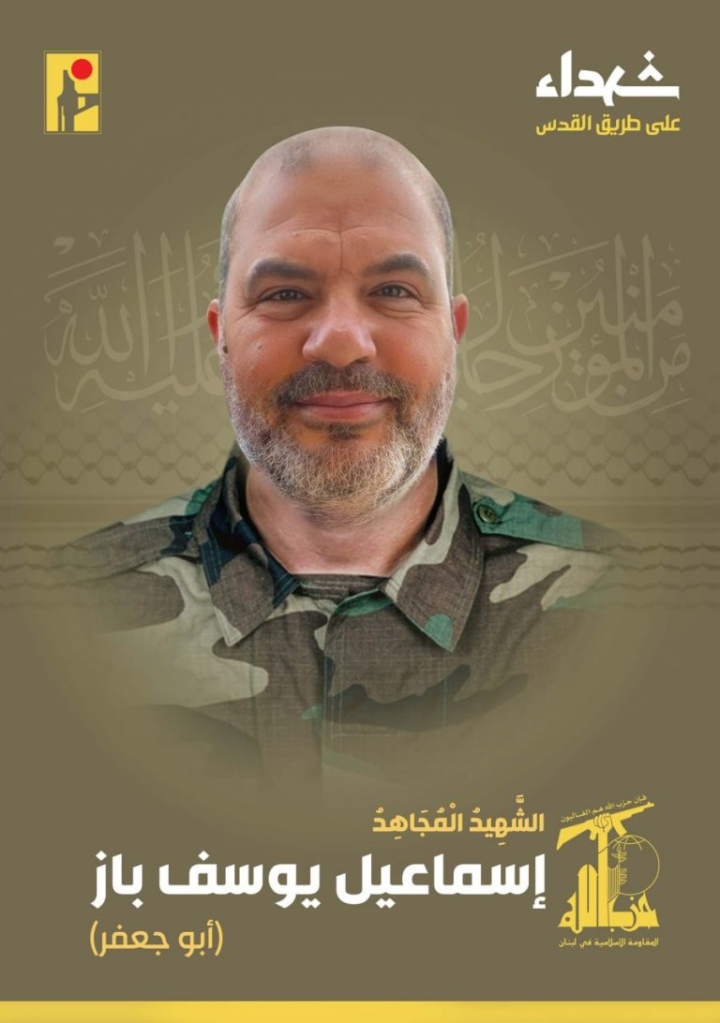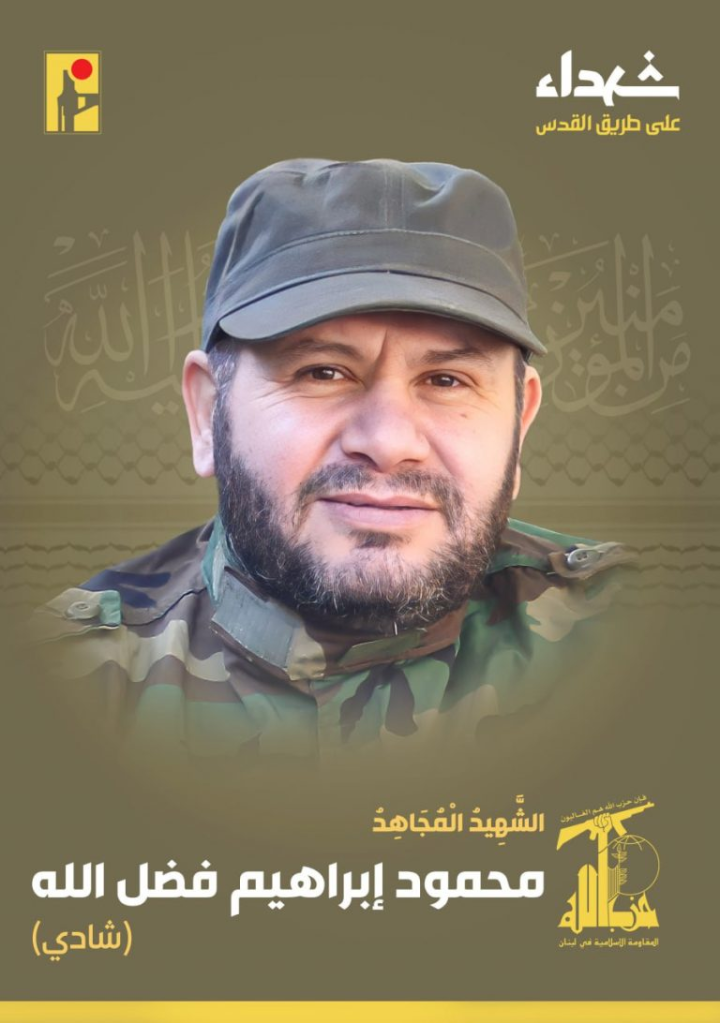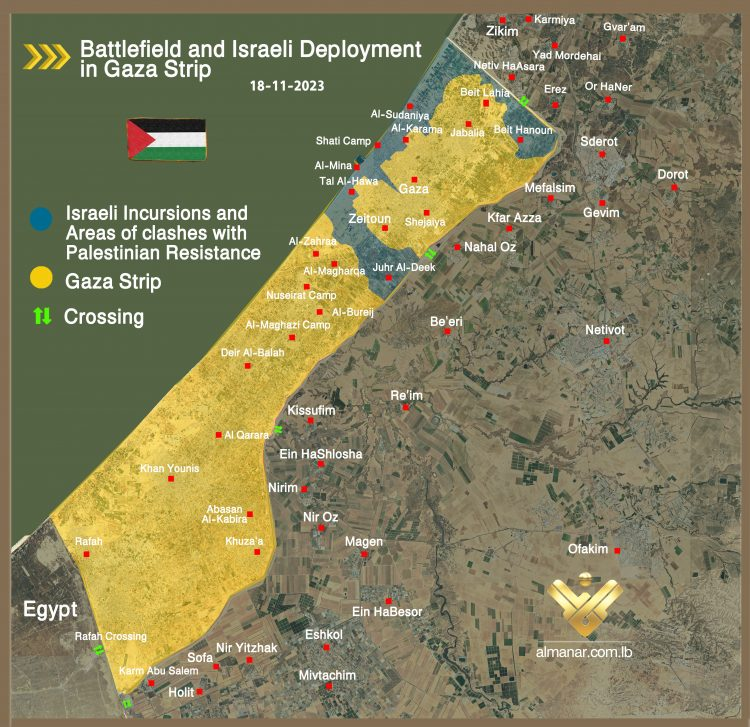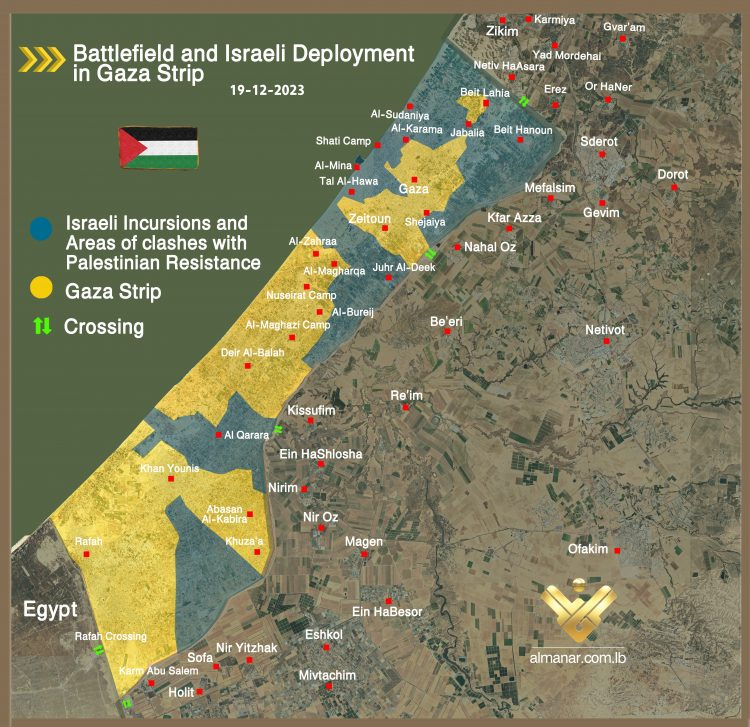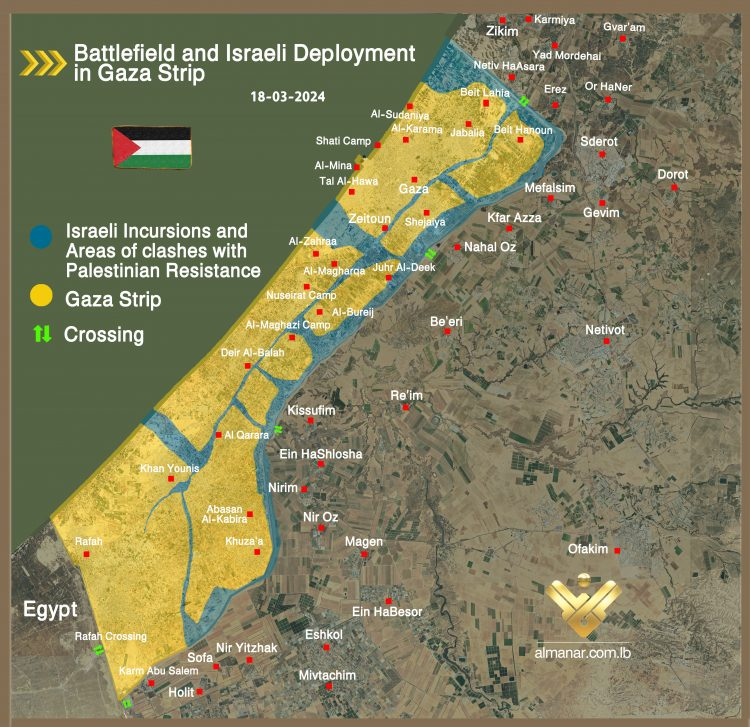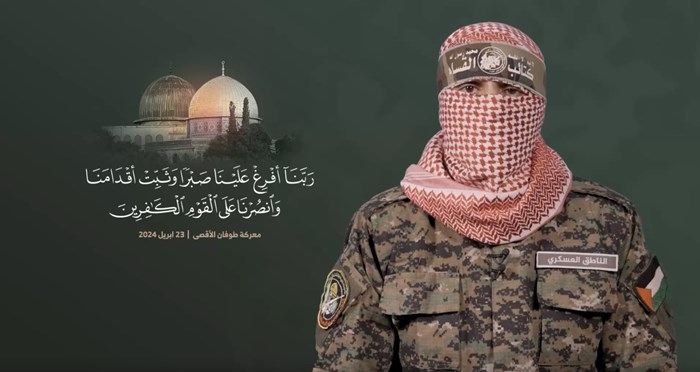
Palestinian al-Qassam Brigades spokesperson Abu Obeida hails the steadfastness of the Palestinian Resistance as it faces the Israeli occupation forces for the 200th day.
The Israeli occupation has proven impotent as it proved unsuccessful in making any advances in Gaza 200 days into its ruthless onslaught as it only commits massacres and destroys civilian infrastructure, al-Qassam Brigades spokesperson Abu Obeida said on Tuesday.
Today marks the 200th day of Israeli aggression on Gaza in the wake of Operation al-Aqsa Flood, an aggression that has thus far claimed the lives of more than 34,000 people and displaced hundreds of thousands of others. However, no one is touting an Israeli victory, as their declared goal of destroying the Resistance is not only far from being achieved, but also continuously proving to be unattainable.
The spokesperson for Hamas’ armed wing underlined that the Israeli occupation continues to peddle the great lie that is its capacity to destroy all the Palestinian Resistance factions. “200 days later, and the Resistance is still unwavering. It will continue to deal blows to the occupation so long as its aggression continues and so long as it continues to exist on Palestinian land.”
Resistance to adapt, escalate
The Resistance’s operations, the spokesperson said, “Will take new forms and adapt with new, adequate tactics.”
As the war entered its seventh month, Abu Obeida stressed that the Israeli occupation “is still stuck in the mud in Gaza with no hope on the horizon, and it will reap nothing but shame and defeat.”
The Resistance fighters are expelling and will continue to expel “this enemy despite being covered in ashes, rising from beneath the rubble as the whole world bears witness to the might of the Resistance fighters, not just through action on the battlefield but their withdrawal from various directions.”
The Israeli occupation is still trying to restore its image that was tarnished on October 7, the spokesperson underlined. “They aim to link their victory to invading Rafah, and it tries to sell the lie that it defeated all Resistance factions except for the Rafah Battalion.”
Ron Arad scenario to repeat itself
Commenting on the ongoing negotiations and prisoner swap talks, Abu Obeida said the Israeli occupation was attempting to rid itself of the pledges it made during the talks as it aims to gain more time. However, he added, “The Palestinian Resistance will not surrender the pivotal rights of the Palestinian people, chief among which is the withdrawal of the Israeli occupation forces, the lifting of the blockade, and the return of the displaced.”
Abu Obeida, addressing Israeli settlers, underlined that the ball was in the court of the Israeli regime, “but the window of time is very narrow, and they have very limited opportunities.”
He recalled the story of Israeli pilot Ron Arad, who disappeared during a mission in the airspace of Lebanon in 1986, with no information being known about him since. “The Israeli captives in Gaza might be fortunate to meet the same fate as Ron Arad,” he said, warning the Israeli occupation against delaying the talks any further.
Related News
- US merely ‘concerned’ about Gaza hospital mass grave
- Israeli media says that Intel Chief resignation will not be the last
“The occupation’s policy of exerting military pressure will not push the Resistance but to adhere to its position and safeguard the rights of the people,” he said.
Iranian response set up new rules of engagement
Abu Obeida hailed Iran’s Operation True Promise carried out by the Islamic Revolution Guards Corps in Iran in response to the occupation’s aggression against the Iranian consulate in Damascus and emphasized that this response “set new rules of engagement and disarrayed the occupation,” as the regime’s backers scrambled to defend it from thousands of miles away.
The al-Qassam Brigades spokesperson went on to praise every military and popular effort made toward Operation al-Aqsa Flood, especially the fronts of Lebanon, Yemen, and Iraq.
Abu Obeida said the leading edge front of the Resistance was the West Bank front. He also hailed the people of Jordan and called on them to escalate and called on the people of the Arab and Islamic Worlds to also escalate in support of the Palestinian people and cause.
“The hysteric reaction to the Resistance’s military actions on the various fronts indicates the importance of the armed struggle in the face of the occupying powers,” he concluded by saying.
200 days of genocide
The Ministry of Health in Gaza confirmed Tuesday that the number of Palestinians killed as a result of the ongoing Israeli aggression since October 7 has risen to 34,183 and those injured to 77,143.
In its daily report, the Ministry said that the Israeli occupation forces have committed three massacres against families in the Gaza Strip, resulting in 32 martyrs and 59 injuries who were transferred to hospitals in the past 24 hours.
On its part, the Government Media Office in Gaza confirmed that the Israeli occupation forces have committed a total of 3,025 massacres against Palestinians in the Gaza Strip and dropped 75,000 tonnes of explosives on the enclave.
In an update on the figures resulting from 200 days of “Israel’s” genocidal war on Gaza, the Office emphasized that out of the 34,183 martyrs who reached hospitals, 14,778 are children and 9,752 are women. It added that 30 children lost their lives due to famine, confirming that 72% of the victims of the Israeli war were children and women.
According to the report, the Israeli occupation forces killed 485 medical staff, 67 civil defense crews, and 140 journalists.
It said that 7,000 are still missing and 17,000 children are now orphaned, living without one or both parents.
Multi-front solidarity
The Islamic Resistance in Lebanon – Hezbollah confirmed Tuesday that it engaged the headquarters of two Israeli military units in southern occupied Palestine in response to the assassination of one of its fighters in a southern Lebanese town earlier.
In a statement, Hezbollah said its Resistance fighters launched a combined aerial attack using diversionary and suicide drones and engaged the headquarters of the Golani Brigade and the Egoz Unit 621 at Shraga barracks north of the occupied city of Akka, hitting its targets precisely.
Reuters highlighted that this was Hezbollah’s “deepest attack” into occupied Palestinian territory since the start of the Gaza war on October 7.
Israeli media had earlier reported sirens sounding in the Upper al-Jalil area over a drone infiltration and mentioned that interception missiles were launched toward a suspicious aerial target in the skies of Nahariya.
The media also pointed out that sirens sounded in numerous northern settlements reaching the city of Akka. It was also noted that sirens sounded in Kiryat for the first time since last December.
The Israeli Army Radio confirmed that 200,000 Israelis took shelter in the north after three drones were launched from Lebanon over Nahariya.
Related Stories
- Abu Obeida to Families of Israeli Captives in Gaza: “Ron Arad” Scenario Most Likely to Be Repeated
- Exclusive: Rabbi says Judaism opposes Gaza war, calls it unjustified
- Jewish protestors block Los Angeles freeway, demand ceasefire in Gaza
- Pro-Palestine Jewish community in US protest at congressman’s office
- Israeli media debunk IOF claims about damage from Iran’s strike
- Palestinians swimming at Gaza’s beaches enrages Israelis
- Settler blown in new flag ambush in Ramallah amid West Bank escalation
- Iran’s air defenses down drones over Isfahan, Tabriz
- Woman, niece killed, 6 others wounded in Israeli strike on Lebanon
- NYPD arrests 133 protesters at NYU pro-Palestine rally
- ‘Israel’ selling lies, far from defeating Resistance: Abu Obeida
- 8,430 Palestinians detained in West Bank, al-Quds since Oct. 7: PPS
War on Gaza
Filed under: "Israel", IRAQ, Lebanon, Lebanon Islamic Resistance - Hezbollah, Palestine, Palestinian people, Yemen | Tagged: Al-Qassam Brigades, Al-Qassam Spokesperson Abu Obeida, Besieged Gaza Strip., Golani Brigade, Hamas Resistance movement, Iran's Operation True Promise, Israeli Brutal Aggression, Israeli Occupation Force IOF, Israeli settlers, Occupied W Bank, Operation Al-Aqsa Flood, Palestinian cause, Palestinian Resistance factions, Prisoner swap, Ron Arad, The death toll in Gaza, The District of Rafah, The Israeli captives, War on Gaza | Comments Off on ‘Israel’ selling lies, far from defeating Resistance: Abu Obeida





